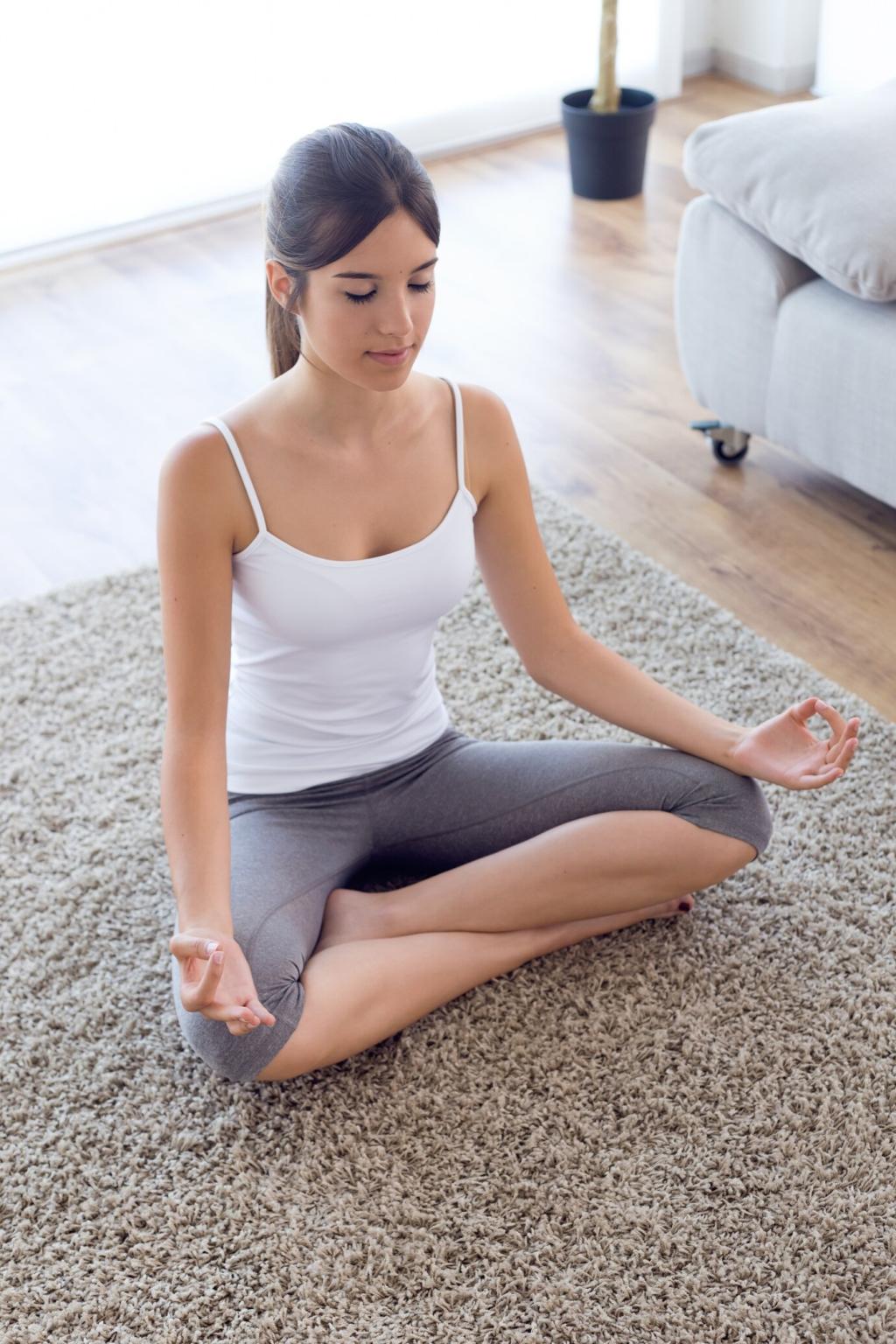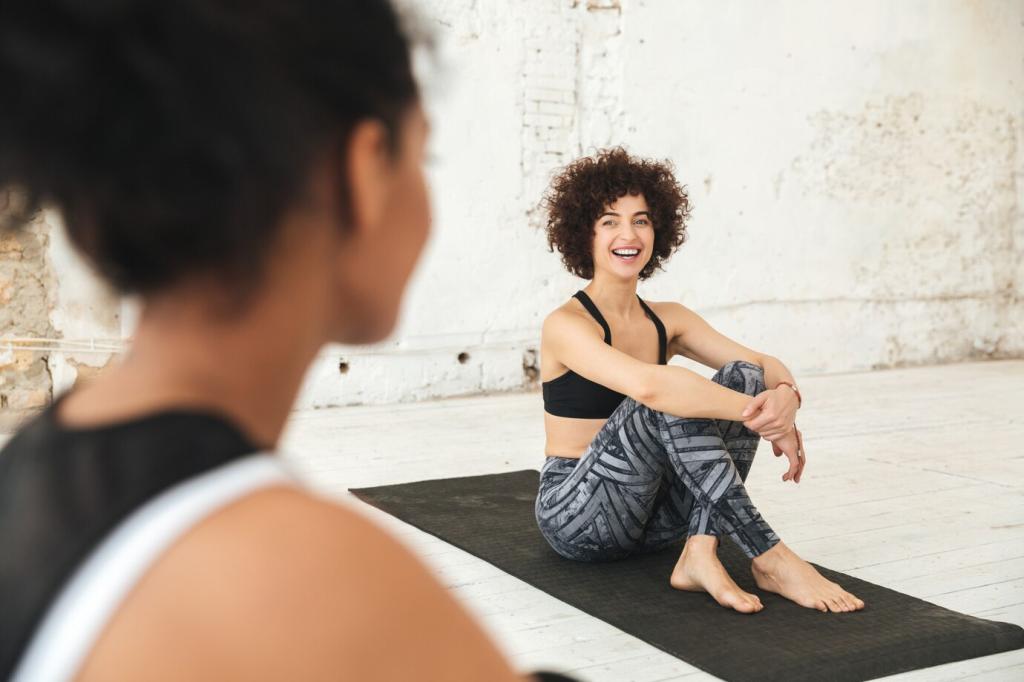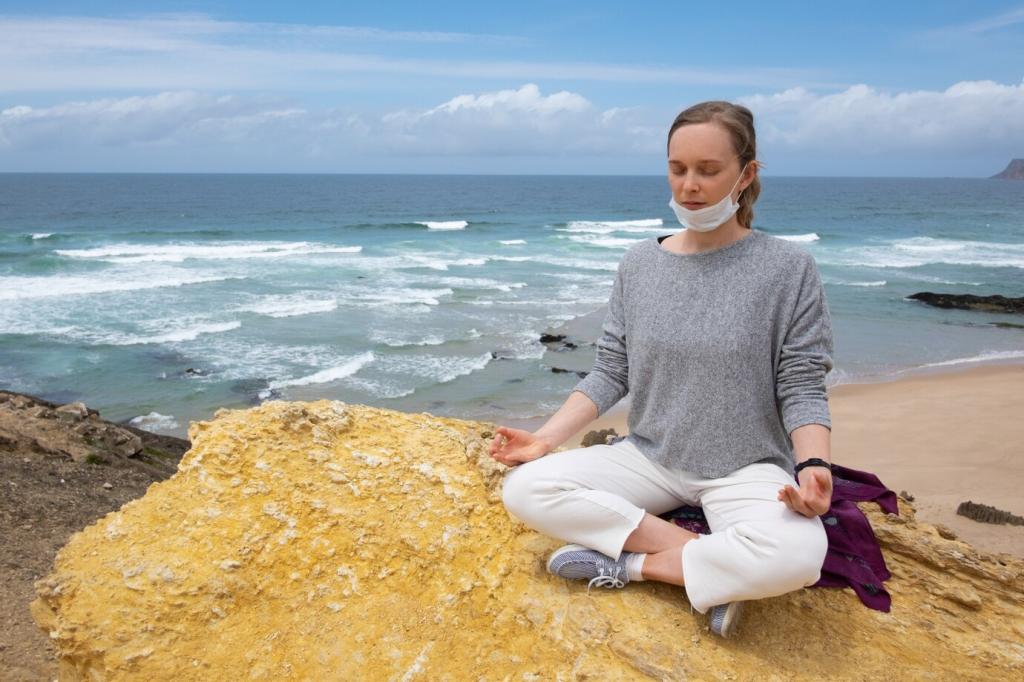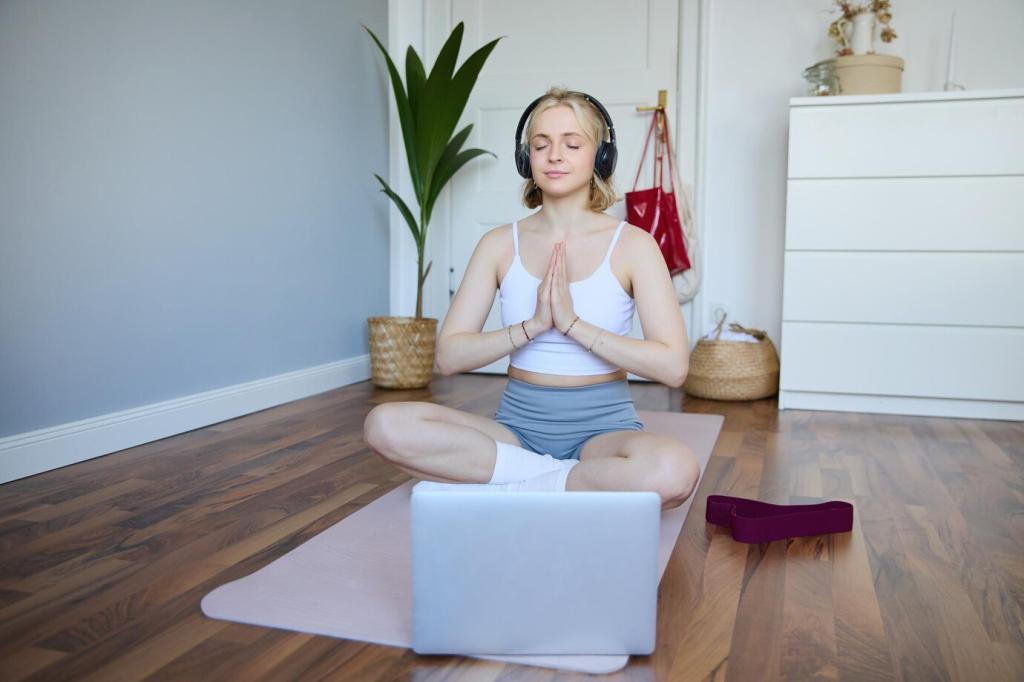Begin with Breath: Mindfulness Meditation for Beginners
Chosen theme: Mindfulness Meditation for Beginners. Start where you are. This welcoming home page offers gentle guidance, relatable stories, and tiny practices so first steps feel simple, encouraging, and surprisingly doable.

Plain-language definition
Mindfulness, for a beginner, simply means noticing what is happening right now—breath, body, sounds—without judging it as good or bad, and gently beginning again whenever attention drifts.
Common myths beginners can drop
Forget the myth that you must empty your mind. The practice is not silence or bliss; it is noticing, returning, and relating kindly to whatever shows up, including noise and fidgeting.
A short story: the first week
On day two, Maya set a timer for three minutes and felt impatient by thirty seconds. She labeled “impatience,” breathed once, and discovered the minute still contained room for kindness.
Setting Up Your First Practice
Sit with a relaxed, upright spine, feet grounded, shoulders soft. Let breath be natural. Set a gentle timer for three minutes, so you learn returning, not endurance, force, or strain.
Setting Up Your First Practice
Choose a simple chair, a quiet-ish corner, and a soft light. Keep a small reminder—a note saying “just begin.” Put your phone on airplane mode, and let this space feel approachable.
Setting Up Your First Practice
Close eyes or soften your gaze. Inhale slowly, exhale slightly longer. Notice chest, belly, and shoulders. When thoughts appear, silently say “thinking,” and return to breath. End by thanking yourself.
Name it, tame it
Quietly label the experience: “thinking,” “planning,” “worrying,” or “itching.” The label gives the mind a handle, reduces stickiness, and helps you gently guide attention back to your chosen anchor.
Map the body
Do a slow body scan from crown to toes. Notice temperature, pressure, tingling, or ease. Curiosity softens resistance, and the body’s signals become anchors rather than obstacles or irritations.
Tidy your tech
Before sitting, silence notifications, flip the screen facedown, and place the phone out of reach. A tiny barrier protects your intention, making two quiet minutes surprisingly more accessible and reliable.





Everyday Mindfulness: Micro-Moments for Beginners
When drinking water, feel the coolness, the swallow, and the pause after. Let one full breath follow the sip. Small sensory anchors strengthen attention without adding tasks or pressure.
Everyday Mindfulness: Micro-Moments for Beginners
At each doorway, stop briefly. Inhale, feel your feet, exhale longer, then enter. This simple reset interrupts autopilot, helping beginners remember mindfulness during ordinary transitions at home or work.
Community, Motivation, and Next Steps
01
Find a beginner buddy
Ask a friend to text “sat” after each session, and reply with an emoji. Share your planned minute for tomorrow in the comments, and invite someone else to join you.
02
Keep a compassionate log
Write one line after practice: duration, anchor, and one feeling. If you miss a day, note what helped you return. Subscribe for weekly beginner check-ins and printable micro-practice prompts.
03
Celebrate tiny wins publicly
Post your two-minute streak or a kind insight in our community thread. Recognition reinforces effort, and your story may spark another beginner’s first sit. Subscribe to keep the encouragement coming.
